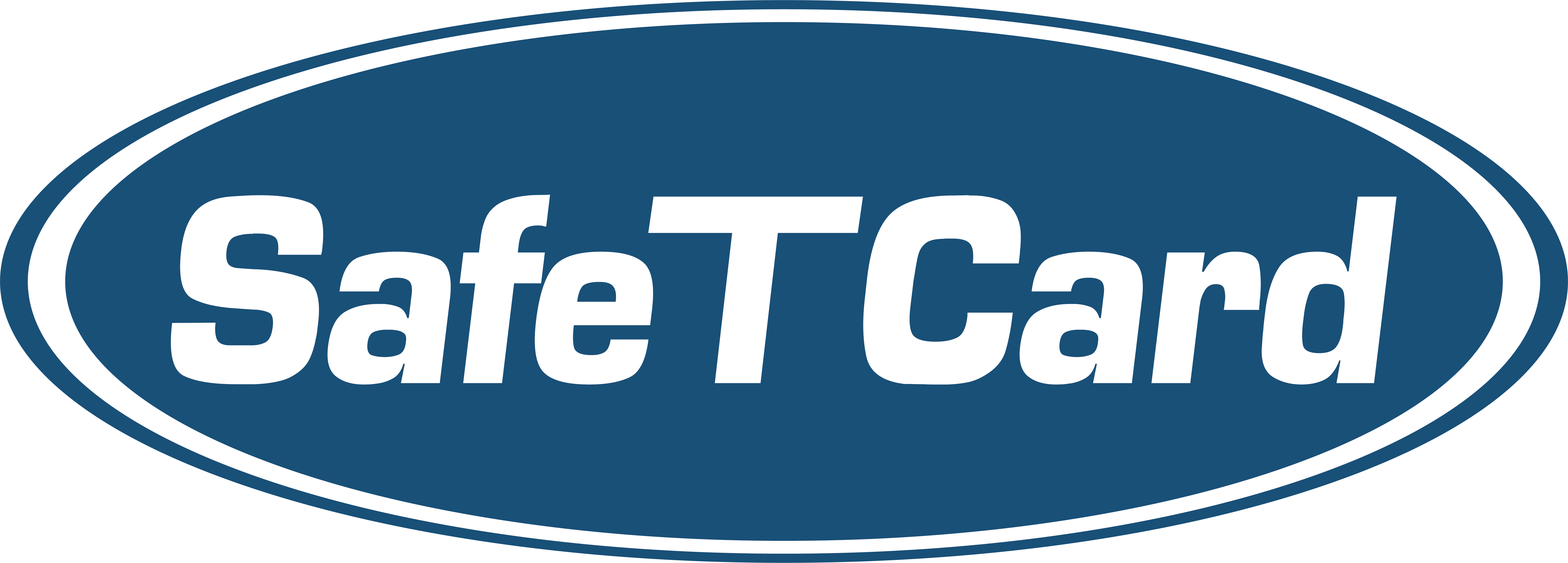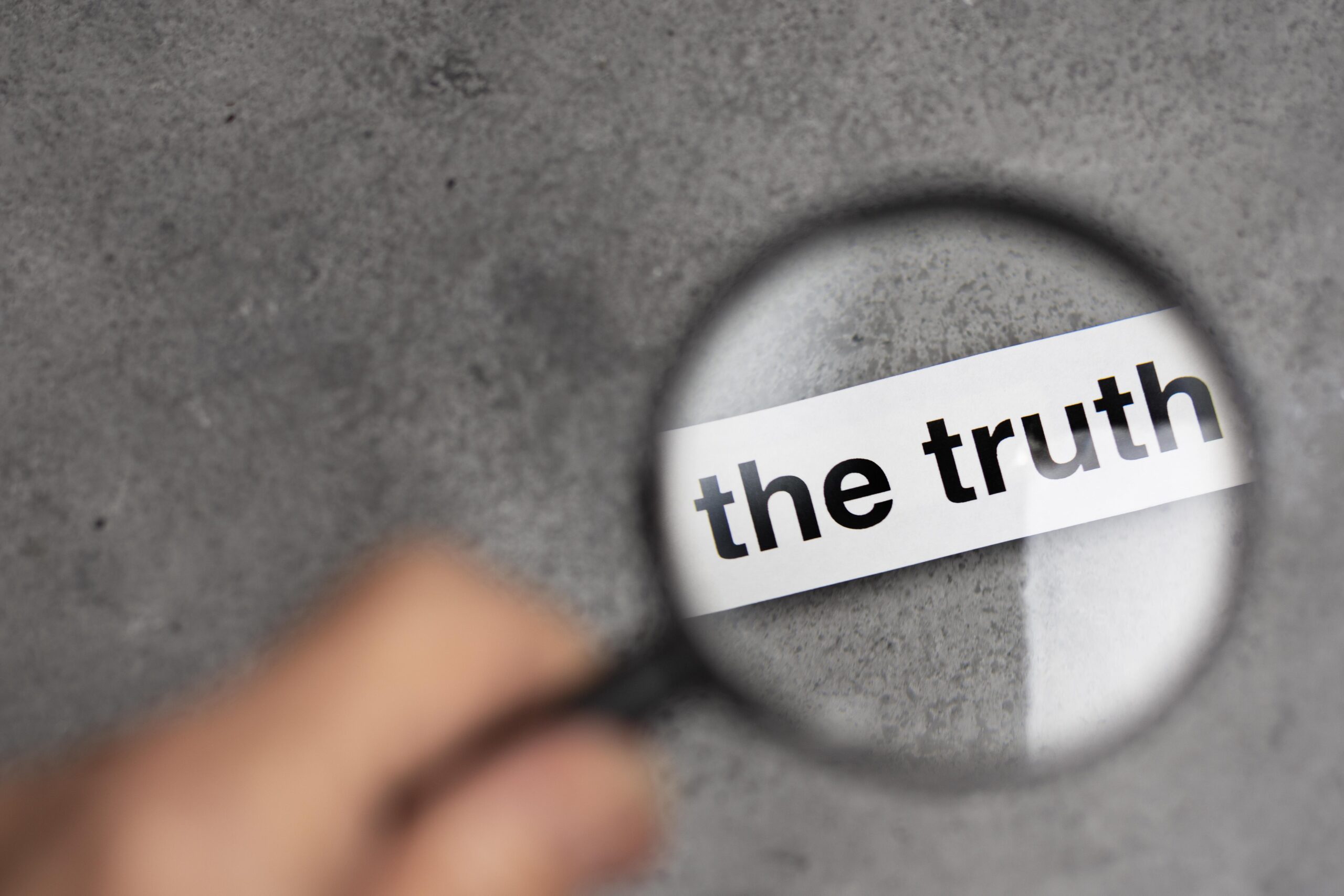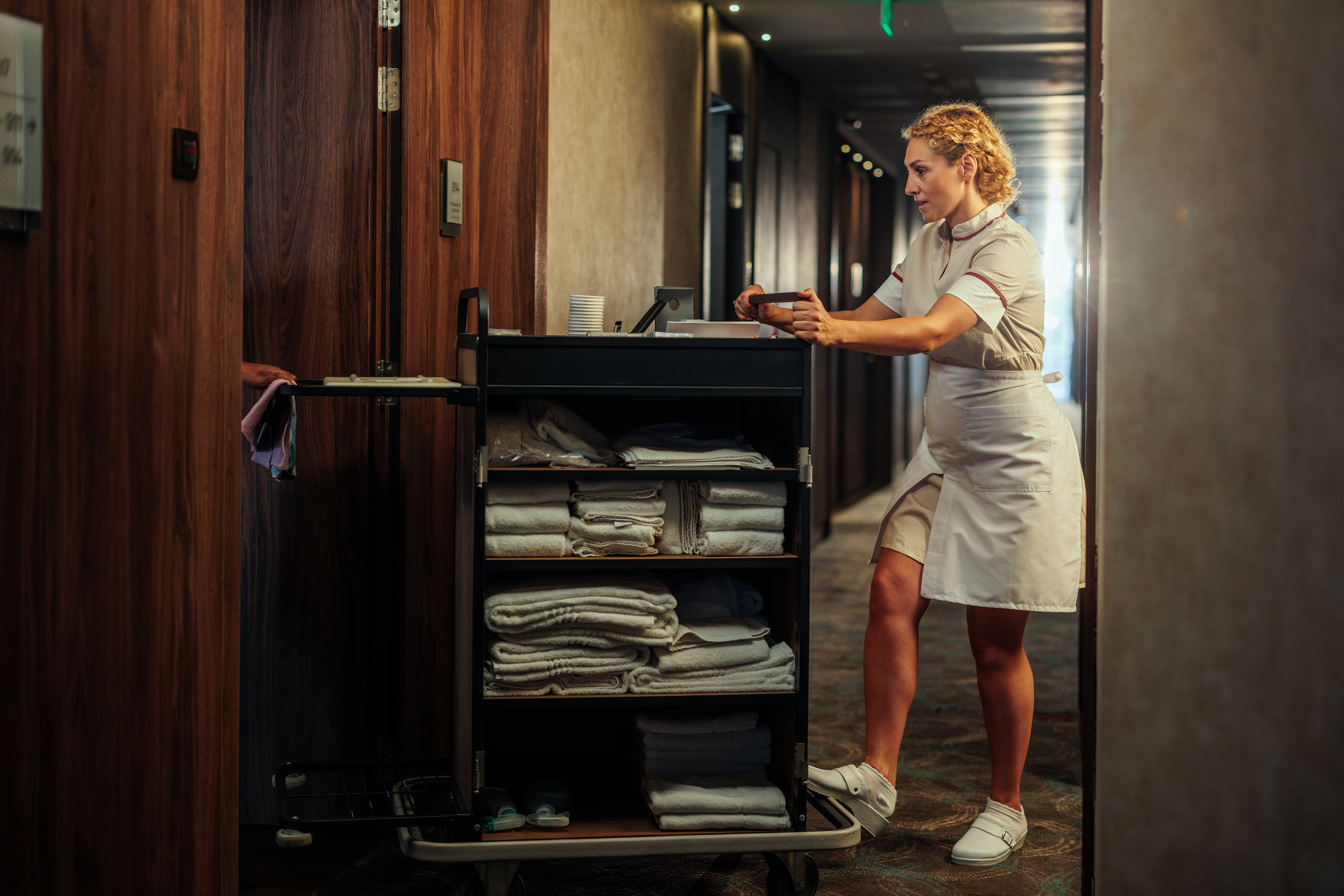The lone worker safety industry is crucial for protecting those who work in isolation, often in high-risk environments. However, there are several misconceptions surrounding safety devices, monitoring services, and industry standards that can lead to confusion and misinformation. In this article, we debunk some of the most common myths to provide clarity and ensure that businesses and lone workers are equipped with accurate information.

Myth 1: Lone worker devices are made in Australia
While some companies claim their devices are Australian-made, the reality is that most lone worker safety devices are either imported entirely or assembled in Australia from parts sourced internationally, often from China. Currently, there is no full-scale Australian production of lone worker devices.
Tip: Focus on sourcing high-quality devices that are exclusive on the Australian market. Avoid mass-produced, lower-quality imports by requesting advanced, high-tech devices that meet rigorous standards.

Myth 2: GPS works accurately indoors
GPS technology relies on satellite signals, which require a clear view of the sky to function optimally. Indoors, especially in enclosed spaces like car parks, sheds, or multi-story buildings, GPS accuracy decreases significantly. It cannot determine floor levels or room numbers.
Solution: SafeTCard Yellow Alert—a 20-second voice message that acts as a verbal GPS marker, provides important details about a worker’s exact location in case they are in an indoor or low-signal area.

Myth 3: All GPS positioning is instantaneous
While modern devices are becoming faster, GPS positioning is not instantaneous and can take up to 30 seconds to provide accurate GPS location data.
Tip: Reliable monitoring services, like those offered by SafeTCard’s ASIAL Certified Grade A1 Alarm Receiving Centre (ARC), use additional safeguards to ensure that help is dispatched promptly.

Myth 4: WiFi can always send positions
Most devices do not connect to random or private WiFi networks for positioning due to security and privacy concerns. Therefore, relying solely on WiFi for positioning can be ineffective in many scenarios.
Solution: Ensure that your device offers robust satellite-based GPS tracking that doesn’t rely on WiFi connectivity, particularly in remote or industrial settings.

Myth 5: Being a Member of ASIAL means A1 Certification
Being a member of the Australian Security Industry Association Limited (ASIAL) does not equate to being certified to ASIAL Grade A1 standards. Many companies hold lower-tier certifications or simply maintain membership without meeting Grade A1 certification.
What to watch for: Always request and verify certification from providers. True ASIAL Grade A1 Alarm Receiving Centres (ARC) are audited and meet stringent standards for security and monitoring capabilities, like SafeTCard’s ARC, which is Certified to the highest ASIAL standards.

Myth 6: International monitoring meets ASIAL standards
Many companies send device monitoring overseas, sometimes to countries like the Philippines or Indonesia, particularly during off-peak hours. This can pose risks to data privacy and service reliability. These international centres may not meet the stringent ASIAL Grade A1 standards.
Solution: Ensure that your monitoring service is based in Australia and is ASIAL Grade A1 certified. SafeTCard’s ARC, located in North Queensland, guarantees that all monitoring and data storage adhere to Australian regulations and the Privacy Act.

Myth 7: The App alert sends an SMS, which requires a verification call
Some lone worker apps send an SMS to the monitoring centre, requiring a verification call to confirm an emergency. This process can delay crucial response times, particularly if the worker is in immediate danger and unable to answer their phone.
Best practice: Your app, like the SafeTCard App, should initiate a direct call to the monitoring centre without requiring further verification. This ensures that operators are immediately aware of the situation and can respond swiftly.

Myth 8: Battery life lasts for weeks
Many devices advertise extended battery life that can last for weeks on a single charge. However, in reality, heavy usage, such as continuous GPS tracking, fall detection, and constant communication, significantly reduces battery life to just a few days or even hours.
Tip: Look for real-world performance reviews and make sure to consider the specific usage demands that will affect battery life. The industry recommendation is to place your device on charge after every shift, or every incident.
Myth 9: Alerts are sent instantly
Some providers claim that alerts are sent instantaneously, but in reality, network delays, signal strength, and device processing times can cause delays in transmitting alerts.
Solution: Choose a provider like SafeTCard that uses multiple communication channels and ensures redundancy to minimise delays in critical situations.

Myth 10: Universal compatibility with all networks
While some devices claim to work seamlessly with all systems and networks, this often overlooks compatibility issues with different mobile carriers, especially in remote or rural areas.
Tip: Ensure that your device has been tested with the specific systems, mobile networks, and environments it will be used in to avoid disruptions in service.

Myth 11: Devices have coverage everywhere
Devices are often marketed as having complete coverage, but areas with poor signal strength, like underground locations or remote regions and Telecommunication Black Spots can still have dead zones where communication is interrupted.
Tip: Providers like SafeTCard offer solutions designed for low-signal areas and regularly assess coverage needs for their clients to ensure effective communication.

Myth 12: Devices are indestructible
Devices are sometimes marketed as indestructible, but they still have limits to their durability, especially in extreme conditions such as extreme temperatures, water exposure, or high-impact situations.
Solution: Check the device’s actual durability ratings and make sure they are suited for the conditions they will be exposed to. IP 67 should be the minimum you require. And make sure to ask for a certification.

Myth 13: Absolute privacy guarantees
Many providers claim that their devices guarantee complete privacy, but this can overlook risks like data breaches, unauthorized access, or mishandling of sensitive information.
Tip: Opt for devices and monitoring services, such as SafeTCard’s, which prioritize transparency about their privacy policies and comply with relevant data protection laws like the Australian Privacy Act.

Myth 14: Devices are all rugged and suitable for harsh environments
Some competitors might claim their devices are rugged and suitable for industrial environments, but not all have the required certifications (e.g., IP67) for extreme conditions.
What to know: Look for devices that have been independently tested and certified for ruggedness, such as those with IP67 (dustproof and waterproof) ratings. These certifications ensure that the devices can withstand tough conditions, including dust, water, and shock. SafeTCard offers lone worker monitoring devices specifically designed to handle such environments, ensuring reliable performance when it matters most.

Myth 15: Certification logos are all genuine
Certification logos such as ASIAL, ISO and NDIS can sometimes be falsely displayed on websites or marketing materials. Companies may claim to have these certifications without actually undergoing the rigorous processes required.
What you can do: Always request valid certification documents from your provider. SafeTCard, for example, is fully certified and complies with all relevant ASIAL and ISO standards, providing peace of mind for customers.

Conclusion
Misinformation in the lone worker safety industry can lead to inadequate protection, compromising the safety of your team. By debunking these myths and focusing on verified, compliant solutions, companies can ensure that their lone workers are fully protected and supported. When selecting a provider, always ask for detailed information on certifications, data privacy, and monitoring standards to avoid falling victim to misleading claims.
SafeTCard takes pride in adhering to the highest industry standards, offering fully certified safety devices and monitoring services. Whether you need protection for lone workers in remote areas or high-risk environments, our solutions ensure you get the accurate and reliable service your team deserves.
For more information on how SafeTCard’s solutions can help you navigate the lone worker safety industry, contact us today!




